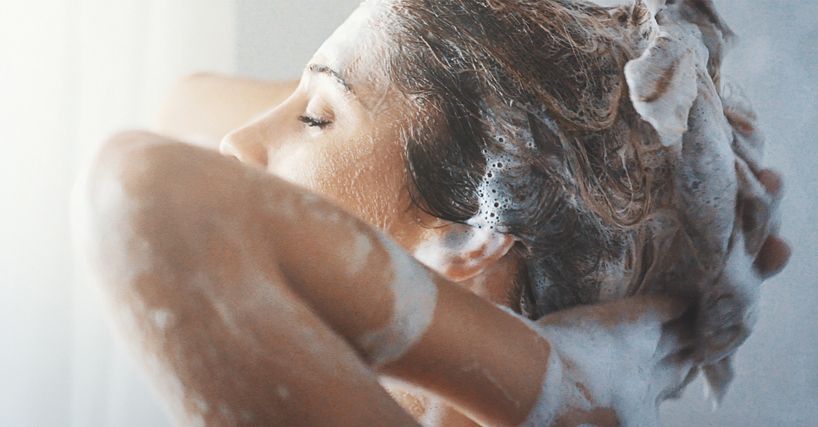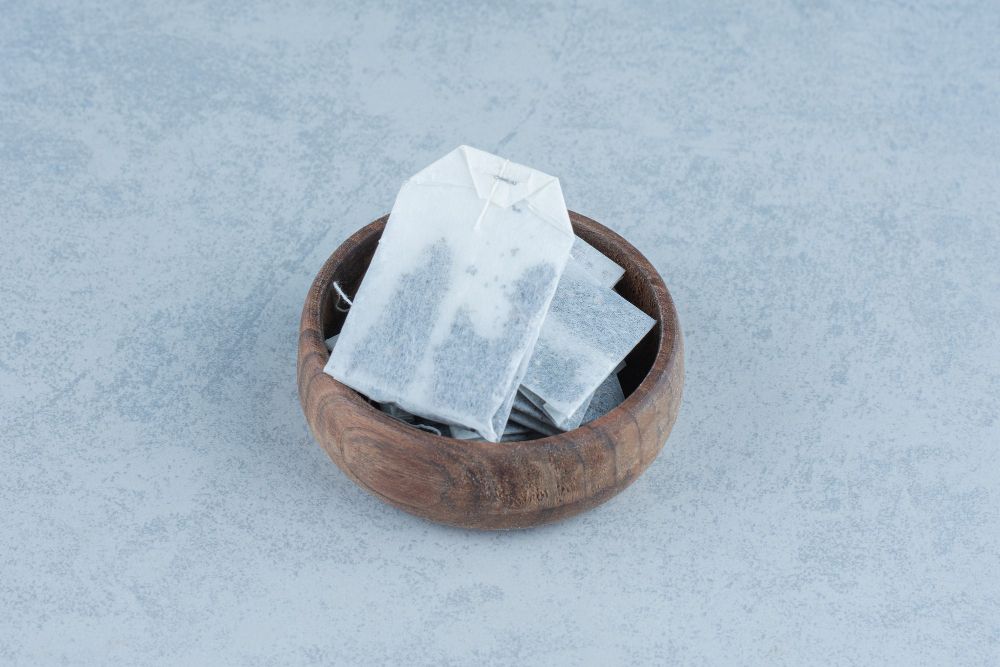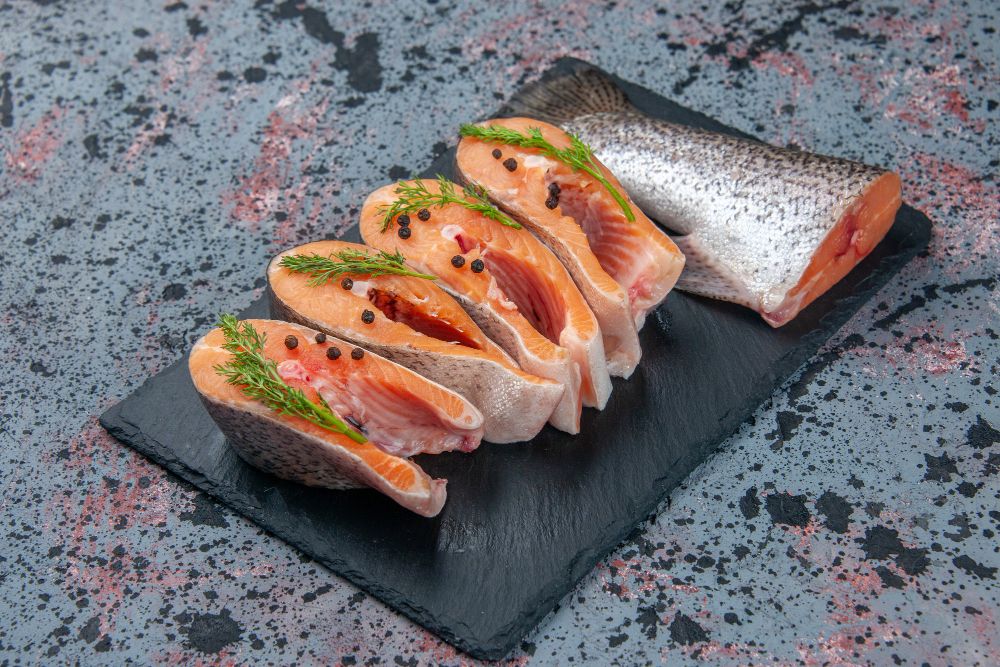
Book Now to Experience
Acne Treatment
1 Minute Self-Registration
Date should not be before minimal date
Author: Natalie Ng|31 March 2025
Chin pimples have a way of coming back just when you think they’re gone. This happens because the chin is a prime spot for breakouts, and once the cycle starts, it’s hard to stop. While hormones, oil production, and daily habits all play a role, the real issue is that multiple factors are often at work. That’s why quick fixes don’t always last. To finally get rid of stubborn chin acne, it’s important to understand what’s triggering it and find the right treatment for your skin.
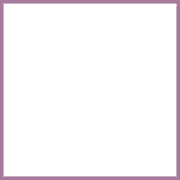
1
Hormonal Changes—The Major Cause of Chin Acne?
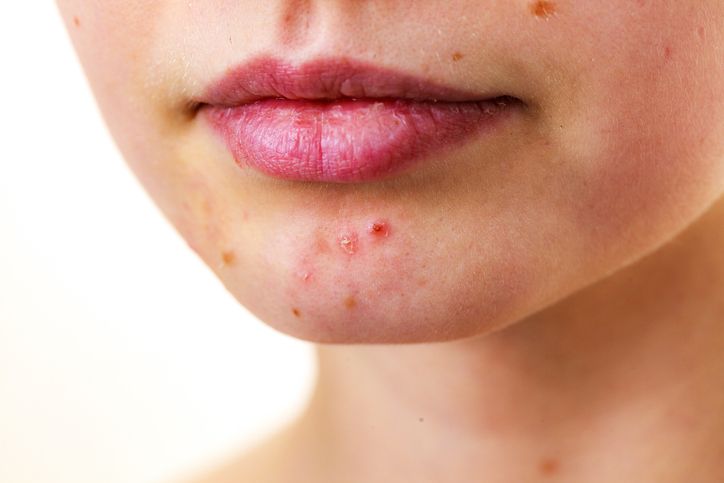
Why Does the Chin Break Out So Easily?
Who Is Affected by Hormonal Acne?

2
Common Habits That Worsen Chin Acne
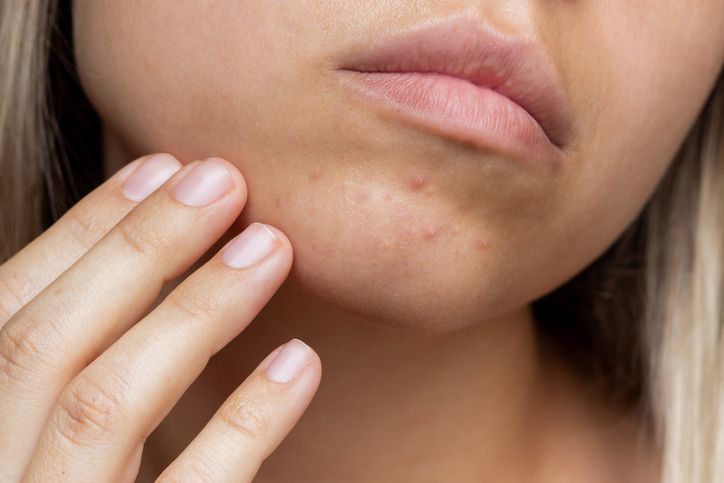
1. Touching Your Face Without Realizing It
2. Dirty Surfaces and Items
3. Overwashing or Over-Exfoliating Your Skin
4. High-Stress Levels
5. Makeup and Skincare Mistakes

3
Impact of Diet on Acne
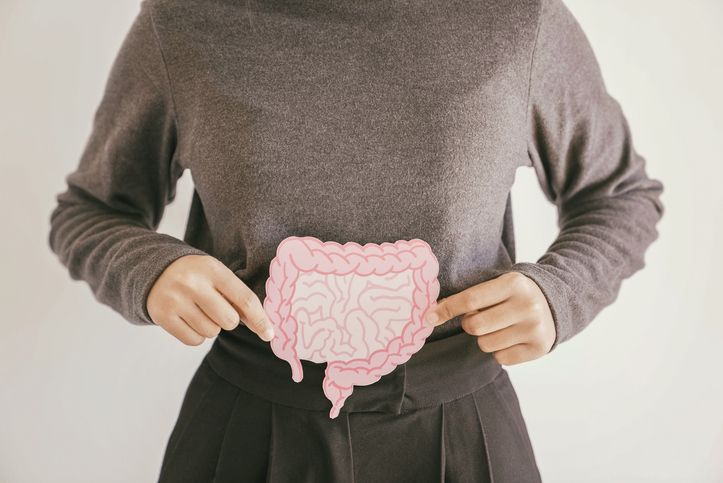
How Gut Health Affects Acne Formation
High-Glycemic Foods
Dairy and Whey Protein
Processed Foods

4
Eat Your Way to Fewer Chin Breakouts

1. Omega-3 Rich Foods
2. Probiotic-Rich Foods
3. High-Fiber Foods
4. Antioxidant-Rich Foods
5. Hydrating Foods and Drinks

Book Now to Experience
Acne Treatment
1 Minute Self-Registration
Date should not be before minimal date

5
How to Break the Cycle of Recurring Chin Acne
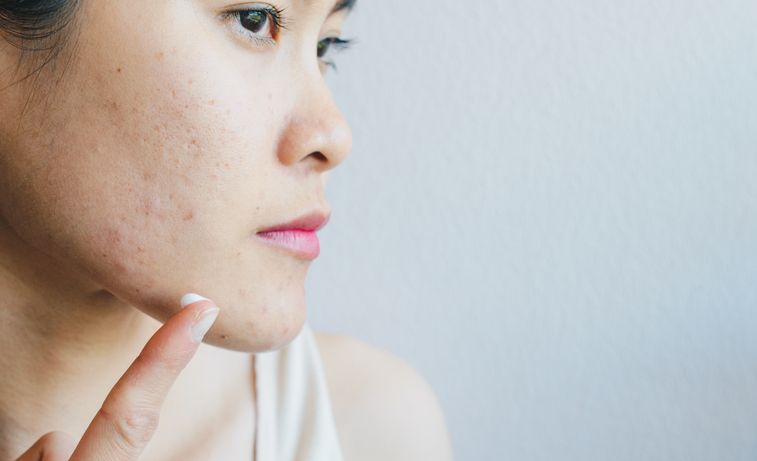
Topical Treatments for Reducing Breakouts
Hormonal Therapies for Hormonal Chin Acne
Prescription Medications for Severe or Persistent Acne

6
Professional Acne Treatment for Stubborn Chin Acne
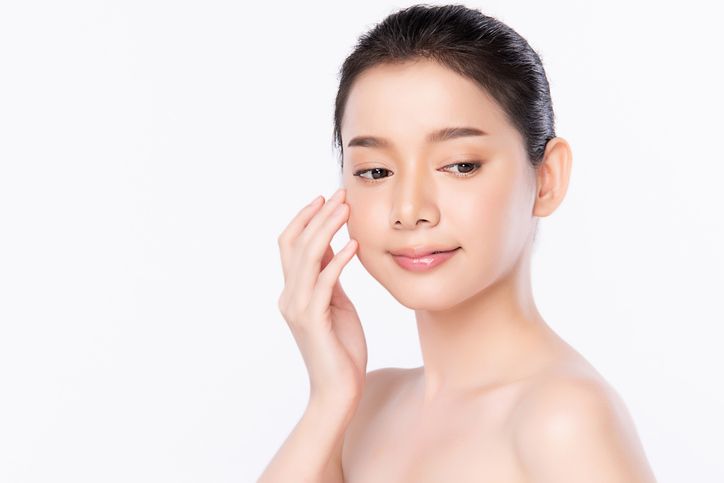
How Does the Acne Treatment Work?
Advantages of the Acne Treatment for Chin Acne
Read More

7
Skincare Routine and Lifestyle Support
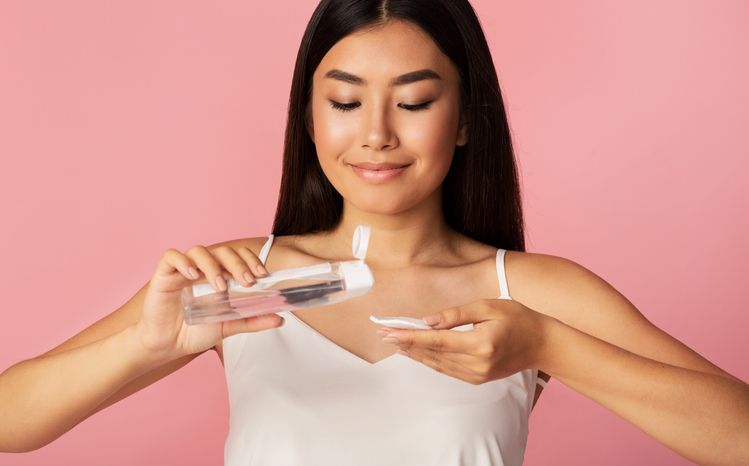

8
Tips to Prevent Chin Acne
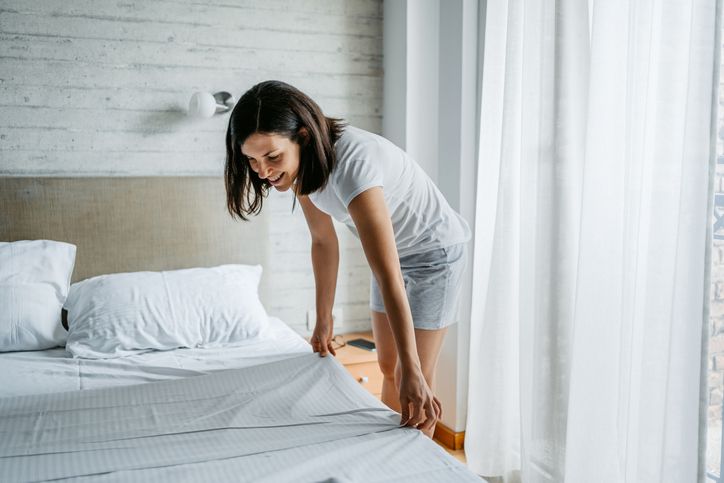
1. Keep Your Hands Off Your Face
2. Clean Pillowcases, Towels, and Phone Screens Regularly
3. Stick to a Simple Skincare Routine
4. Manage Excess Oil with the Right Products
5. Watch Your Diet
6. Manage Hormonal Fluctuations
7. Avoid Wearing Tight Masks or Chin-Straps for Long Periods
8. Reduce Stress Levels
FAQ
Can Birth Control Pills Make Chin Acne Worse Before Getting Better?
Yes, your chin acne may temporarily worsen when you start birth control pills due to initial hormonal fluctuations that increase androgen levels and sebum production. During the first 1-2 months, you'll likely experience breakouts as your body adjusts to the new hormonal balance. Combination pills containing both estrogen and progesterone typically provide better results than progestin-only options, with improvements becoming noticeable after 2-6 months of consistent use.
How Long Should I Wait Between Trying Different Acne Treatments?
You might think switching treatments quickly will speed up results, but it's actually the opposite. You'll need to give topical treatments like retinoids at least 6-8 weeks to show effectiveness, while oral antibiotics require a full 3-month trial. Don't combine oral and topical antibiotics, and when shifting between treatments, wait until you've completed the full course of your current medication before starting something new.
Does Sleeping Position Affect Chin Acne Formation?
Your sleeping position substantially affects chin acne formation, particularly when you're sleeping on your side or stomach. These positions create prolonged contact between your skin and pillowcase, leading to bacterial transfer and pore obstruction. You'll experience increased friction, which can trap oils and debris in your follicles, while uneven distribution of skincare products compounds the issue. To minimize these effects, you'll benefit from sleeping on your back or using silk pillowcases.
Can Facial Hair Removal Methods Contribute to Recurring Chin Breakouts?
Yes, facial hair removal methods can substantially trigger recurring chin breakouts through multiple mechanisms. When you shave, wax, or use depilatory creams, you're creating micro-injuries that allow bacteria to enter follicles, while improper technique can lead to ingrown hairs and folliculitis. Additionally, if you're not properly sanitizing tools or following post-care procedures, you're leaving your skin vulnerable to bacterial colonization and inflammation, which perpetuates the acne cycle.
Are Chin Pimples a Sign of Underlying Thyroid Problems?
Yes, persistent chin acne can indicate thyroid dysfunction, particularly hypothyroidism, as 72% of acne patients show autoimmune thyroiditis markers. Your recurring chin breakouts might stem from hormonal disruptions and inflammation caused by thyroid issues, especially when accompanied by symptoms like fatigue or hair loss. If you're experiencing stubborn chin acne that doesn't respond to typical treatments, you should consider having your thyroid function tested through thorough hormone panels.

Book Now to Experience
Acne Treatment
1 Minute Self-Registration
Date should not be before minimal date
Recommended Articles
COPYRIGHT© NEW BEAUTY MANAGEMENT LIMITED 2025. ALL RIGHT RESERVED.


